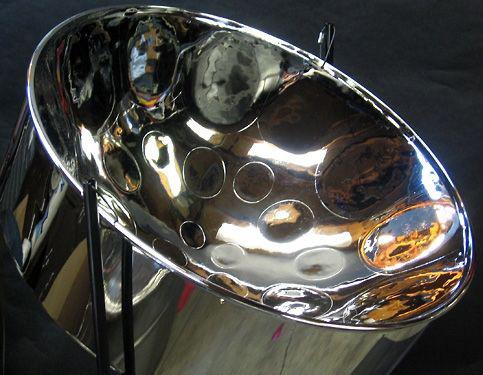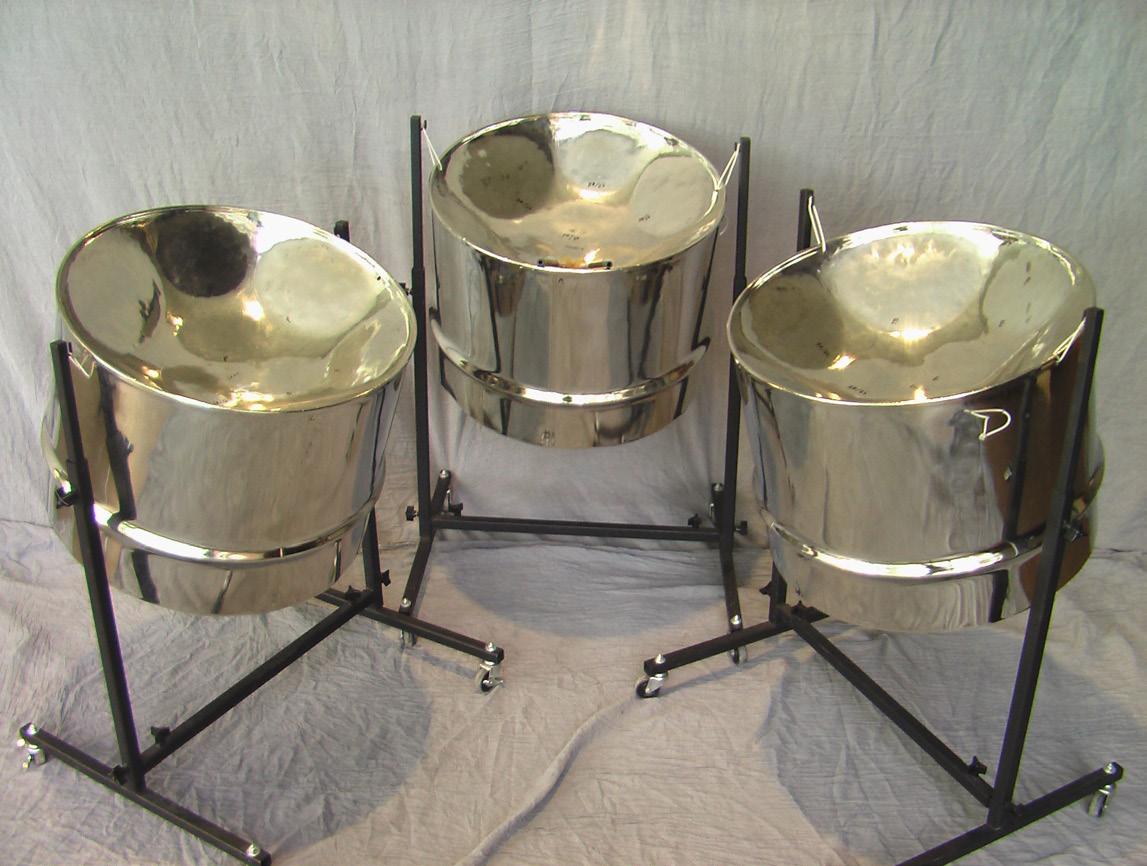
1 minute read
The steelpan
The steelpan also known as pan is the national instrument of Trinidad and Tobago and was invented in the late 1930s. The modern pan is a chromatically pitched percussion instrument made from 55-gallon industrial drums. It falls into the idiophone family of instruments and therefore is not a drum (which is a membranophone). Steelpans are the only instruments made to play in the Pythagorean musical cycle of fourths and fifths. The pan is struck using a pair of straight sticks tipped with rubber; the size and type of rubber tip vary according to the class of pan being played. Some musicians use four pan sticks, holding two in each hand. This skill and performance have been conclusively shown to have grown out of Trinidad and Tobago’s early 20th-century Carnival percussion groups known as Tamboo bamboo.
HISTORY
Advertisement
The instrument developed from the Carnival, which slaves in Trinidad could not take part in so they formed their own, parallel celebration called Canboulay. The first instruments developed in the evolution of steelpan were Tamboo-Bamboos, tunable sticks made of bamboo wood. These were hit onto the ground and with other sticks to produce sound. Tamboo-Bamboo bands also included an orchestra of frying pans, dustbin lids, and oil drums, glass objects such as spoons and bottles. This lead to the invention of the first steelpans.
HOW PANS ARE MADE
To make a steelpan, a 55-gallon oil barrel is stretched into a concave bowl or dish shape. Depending on the type of pan being made, the barrel’s side (or “skirt”) is cut to the proper length. The panmaker uses hammers of various sizes and “pongs” the traced notes making them stand out like bubbles. Each note is then tuned by using a variety of hammers until it reaches a perfect pitch.
THE STEELPAN RANGE
The Steelpan has the entire chromatic scale and players can perform music in any key. The range of notes is no different from a piano and other common instruments. Front line steelpans: are often used by pan soloist and are called Tenor, Double Tenor and Double Second. In a steelband Tenors are the voice of the instrument and play the lead melody. Double Tenors expand the range of the Tenor and often play the harmony. Double seconds also accompany the melody and play additional chords in what is known as a strumming style.
Middle pans: are mid-range steelpans that play the background music in songs. These consist of Double Guitar, Treble Guitar, and Four Pan Cello. They often play chords and traditionally strum chords throughout each composition.
Bass: There are a variety of bass instruments in the steelpan family starting with a five-note bass, Tenor Bass and Basses with 5 pans and up to 12 pans per Bass instrument. The larger basses have much fewer notes on each pan as the larger the notes the lower the sound. Dudup: is a member of the bass pan family - a rhythm instrument made from a single barrel. The name comes from the sound the Dudup makes when it is played with the right calypso rhythm. This two-note drum is the earliest instrument in the steelband family.
Mid-Range SteelPan

Bass SteelPan





